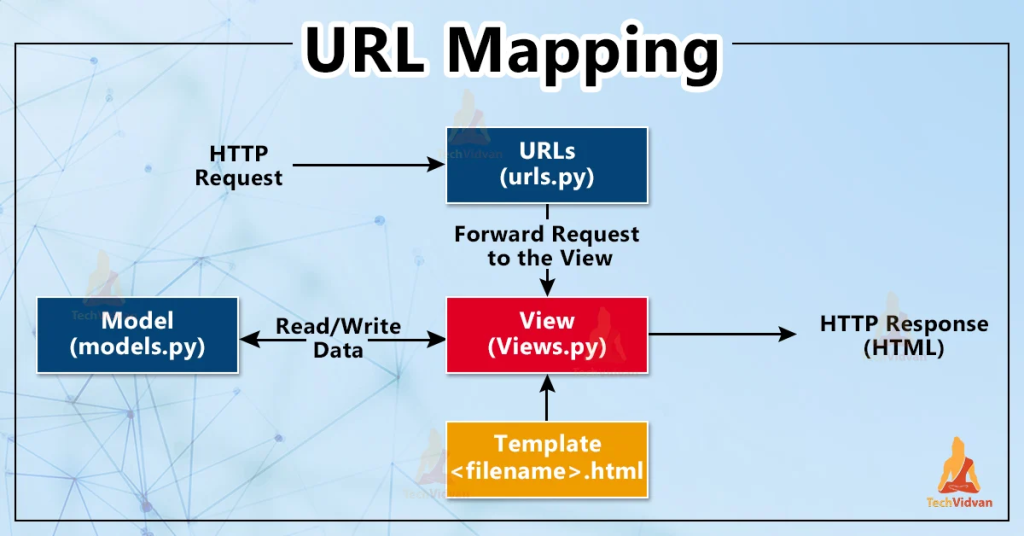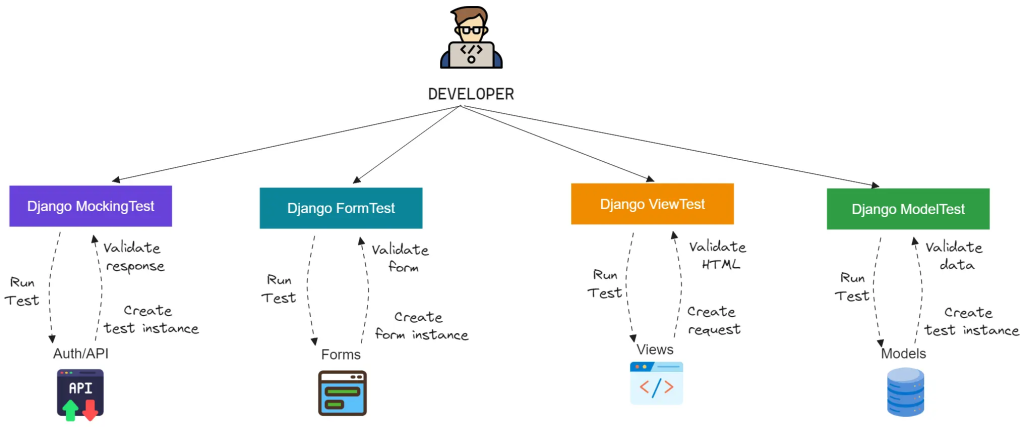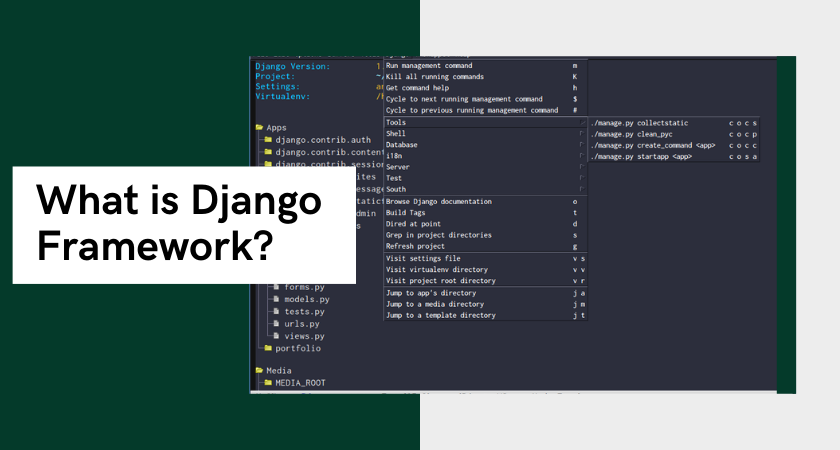
Django is a free and open-source, Python-based web framework that runs on a web server. It follows the model–template–views architectural pattern. Django’s templating engine allows developers to build HTML templates that can be used to render dynamic content. This makes it easy to build web pages that are visually appealing and interactive. Additionally, Django is being used by some of the world’s largest software companies, such as Instagram and Spotify. In this article, we will talk about the key features of it.
Some Key features of Django include:
- Object-Relational Mapping (ORM): Django is a powerful web framework that offers a streamlined user experience, allowing developers to work with database models using Python objects.

- Admin Interface: Its built-in admin interface allows for easy data creation, management, and deletion.

- URL routing: Django also uses a URL routing mechanism to map URLs to views, simplifies HTML generation, supports user authentication and authorization, and provides robust security features.

- Testing Framework: Its testing framework simplifies writing and running unit and functional tests for web applications.

Django, written in Python, offers a comfortable and easy-to-learn template language suitable for designers and frontend developers, while also being highly flexible and extensible, making it valuable for web applications and design.

